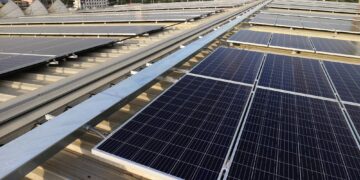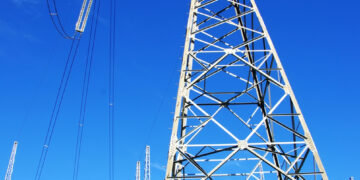Saudi Arabia is rapidly expanding its solar street lighting market from 2020 to 2040, driven by the nation’s Vision 2030 strategy to diversify energy sources and modernize urban infrastructure, according to Global Data Route Analytics. Solar street lights, which use photovoltaic panels to generate and store electricity for LED lamps, provide cost-effective and low-maintenance solutions that operate independently from the main power grid. This makes them especially valuable in remote and newly developed regions.
The market covers standalone and grid-connected systems, with key components including solar panels, lithium batteries, LED lights, and smart controllers. Major uses range from highways and residential neighborhoods to smart city projects and industrial zones. Notable companies, such as Philips Lighting, Noor Energy, SolarOne, and Sunna Design, along with local firms supported by the Public Investment Fund, are delivering advanced products featuring motion sensors, dimming capabilities, and remote monitoring.
Saudi Arabia’s high solar potential and extensive infrastructure projects, like NEOM and The Red Sea Project, are fueling demand for solar street lighting as part of sustainable, carbon-neutral development. Advances in battery technology, energy management, and IoT integration are further improving system efficiency and reducing costs.
International collaborations and investment, including green financing and joint ventures with clean technology firms, are also contributing to market growth. Rural electrification efforts are bringing reliable lighting to off-grid communities, enhancing safety and supporting local economies.
With ongoing government support and public-private partnerships, Saudi Arabia is set to significantly increase solar street light deployment, making it a central element in the country’s clean energy and urban development plans.









